Author Archive
Prof. Alan Aylward – “Exoplanets and the EChO Mission”
Wednesday, January 4th, 2012
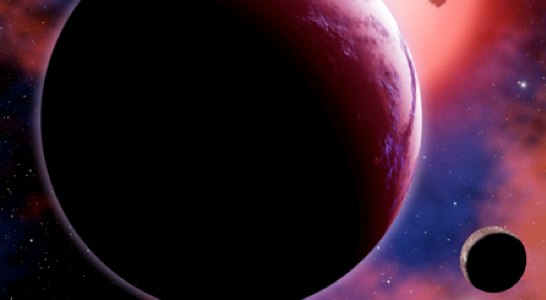
Wednesday 4th January 2012
We were fortunate in having Professor Alan Aylward come to start the New Year with a fascinating talk about exoplanets. This was a continuation of the talk he had given us a year previously, and with all the new data coming from observations from earth and space, there was plenty of exciting material to cover.
After reviewing the, by now, almost familiar methods of detecting exoplanets by observing their effects on star brightness and positions, he gave us an update on the highly productive Kepler spacecraft mission. This NASA instrument is a 0.95 meter telescope which simultaneously monitors the brightness of about 160,000 stars in a patch sky in Cygnus. Hundreds of possible exoplanets have been discovered, including one which orbits two stars (a circumbinary) and earth size planets.
Advances in ground-based observatories are now even making it possible to infer something of the composition of exoplanetary atmospheres. If transit observations are made in the infrared, it is possible to detect spectral signatures of water, methane, sodium etc as the planet transits its star. One “SuperEarth” (GJ 1214b) has been shown to be covered with water or water vapour (a super earth is about three times the size of earth and ten times heavier). These types of spectral observations coupled with new discoveries of earth-sized planets in potentially habitable zones open up more possibilities for detecting extraterrestrial life processes.
Alan and his group are involved in the design of the Exoplanet Characterisation Observatory (EChO) which is designed to make measurements of the composition of the atmospheres of a range of exoplanets in size from Jovian down to “SuperEarth”. We look forward to further news about exoplanets research and will undoubtedly be hosting future talks about this in Papworth.
Club Library
Tuesday, December 13th, 2011

Tuesday 13th December 2011
When the Club’s founding member Gordon Carter passed away in May, his family asked if anyone associated with the Club would like his large collection of astronomy books. Gordon’s library was a fascinating mix of astronomical fact, fiction, biography and trivia, and some of the collection was distributed to his friends within the Club.
However, a large number of books still remain (more than 80 – pictured above). After some discussion, we decided that they should be put to good use and kept as a Club Library. We have now catalogued all of the books and will create a web page on which Club members can find out what books are available to borrow.
We hope Club members will make good use of this fantastic resource and Gordon’s memory will live on through his love of astronomy and books!
Bedford Astronomical Society
Tuesday, December 13th, 2011

Tuesday, 13 December 2011
Bedford Astronomical Society celebrate their 25th Anniversary in 2012, and to celebrate they are holding a special event on 26th February at Bedford School Theatre. With 6 invited speakers, exhibitors, demonstrations and refreshments, this all day event should be a great day out for any amateur astronomer.
For more information, visit the club’s website: http://bedsastro.org.uk/bas_25years.php
or contact Peter Ashwell:
- by telephone: 01234 211532
- by email: newsletter@bedastro.org.uk
Club Funds
Sunday, November 20th, 2011
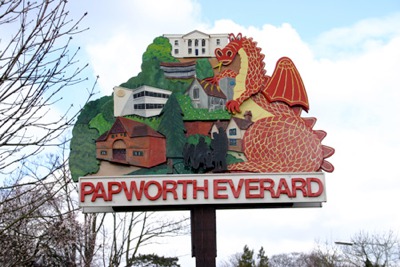
Club Funds
Sunday 20th November 2011
Many thanks to Papworth Everard Parish Council, who recently voted to donate £100 towards our meeting costs.
The Club recently wrote to the Parish Council to ask for help with paying for the room hire for our meetings. While members had very kindly been paying for meetings this year, we felt that even this small charge would inevitably put some people off attending and would also prohibit us from inviting the high calibre speakers we’ve been used to over the last few years.
We’re incredibly grateful to the Parish Council for their generous offer, which now means we can go back to only having to ask for a contribution towards refreshments at the meeting.
Online Astronomy Lectures
Sunday, November 20th, 2011

Club member Mick Nicols has recommended an excellent series of lectures that are available for free download from the Academic Earth web site.
“Introduction to Astrophysics” by Charles Bailyn of Yale University focuses on three particularly interesting areas of astronomy that are advancing very rapidly: Extra-Solar Planets, Black Holes, and Dark Energy.
“Astrobiology and Space Exploration” by Lynn Rothschild of Stanford University describes the new meta-discipline which combines astronomy, biology, chemistry, philosophy, and physics in an effort to study the current state of life in the universe.
Breckland Astronomical Society Star Party
Sunday, November 20th, 2011
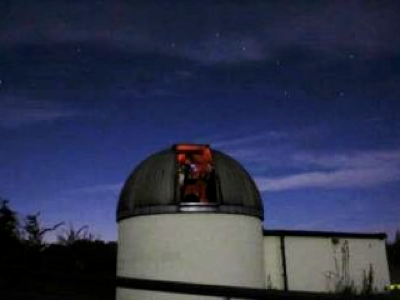
Sunday, 20 November 2011
The Breckland Astronomical Society will be hosting their first ‘Star Party’ at the Haw Wood Farm Caravan Park in Suffolk from Friday 23rd March to Monday 26th March, 2012.
This part of Suffolk near the Southwold coast is a very good ‘dark sky’ area, and the observing theme will be the ‘Messier Marathon’. Visit their web site for more information.
Society for the History of Astronomy
Sunday, November 20th, 2011
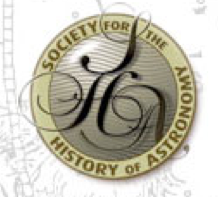
Sunday, 20 November 2011
We received a letter (yes, a real one made from paper and delivered by ‘snail mail’) to tell us The Society for the History of Astronomy will be holding their Spring Conference at the National Maritime Museum in Greenwich, on 28th April, 2012. However there aren’t (as yet) any details on their web site, so if you would like more information please ask Peter Sandford and he can pass on the letter.
Astronomy Courses
Sunday, November 20th, 2011
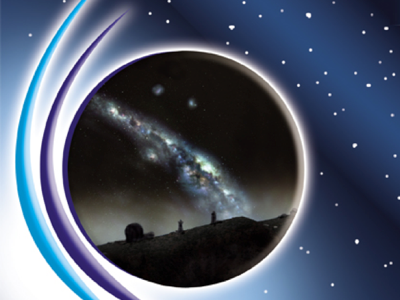
Sunday, 20 November 2011
Johanna Jarvis contacted us to tell us about a number of astronomy courses she runs. The next planned is a weekend residential course starting February 3rd 2012, at Knuston Hall, Irchester, Northants. You can find more information on her web site.
Dr David Green – “Supernova Explosions Through History”
Wednesday, November 2nd, 2011
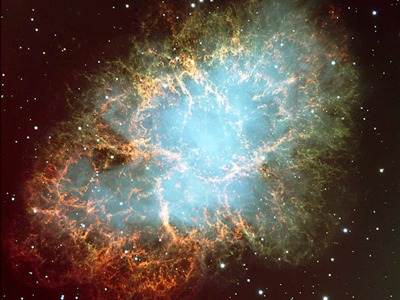
Wednesday 2nd November 2011
We were pleased to welcome Dr David Green, a senior lecturer at the Cavendish Laboratory in Cambridge. Dave gave us a very well-delivered combination of historical astronomy and modern research on supernova explosions. Specifically, he described the remnants of a number of supernova explosions that were recorded by earlier civilisations The most well known of these is the Crab nebula (M1) produced by a supernova which was observed by the Chinese in 1054 AD.
Many supernovae have been detected outside our own galaxy (a recent one being the object visible to amateurs in M101), but it has been estimated that one should occur every 50 years or so inside our own. Many of the latter will not necessarily be visible through optical telescopes because of obscuring dust clouds, but their remnants will be detectable with radio telescopes.
Dave described the way the ancient Chinese plotted the constellations, noting that they sometimes consisted of only a single star! Some of the supernovae must have been spectacular, since relating the ancient records to modern values of stellar magnitudes show that they could a magnitude of -6 or greater; this would cast a similar light to the moon.
Current research focuses on radio observations of the structure of the supernova remnants, particularly since some show unusual distributions of X-ray and other high energy radiation. The Crab nebula itself contains a curiously shaped band of radiation that was only observable with advanced instrumentation. These puzzling findings are clearly providing astronomers in this field with plenty of theories to generate and explore with further observations.
Dr Stephen Grafton – “The Planck Satellite”
Wednesday, October 5th, 2011

Wednesday 5th October 2011
Local Papworth resident Dr Stephen Gratton talked to us about the Planck Satellite which is designed to observe the cosmic microwave background. Stephen is a researcher at the Institute of Astronomy in Cambridge and has a particular interest in analysing the data coming from this space observatory.
The instrument was launched in 2009 by ESA and reached the L2 Lagrangian point in space where it sweeps large areas of the sky. The temperature of the microwave background is measured using an array of bolometers operating at distinct frequencies from 857 to 30 GHz. Stephen showed us pictures of the different sized tubes that form the arrays which detect radiation fed from the primary telescope mirror. This radiation represents a microwave background only a few degrees above absolute zero, so the telescope must be cooled with liquid helium and be kept pointing away from the sun.
The project has generated vast amounts of data which are being transformed into maps of the sky showing both the foreground radiation from our own galaxy, as well as showing the cosmic microwave background in unprecedented detail. Stephen described some of the preliminary data analysis, but warned us that these were early days, with much more to come. This talk was a nice combination of cosmology and space hardware, enough to satisfy enthusiasts of both aspects of modern astronomy.